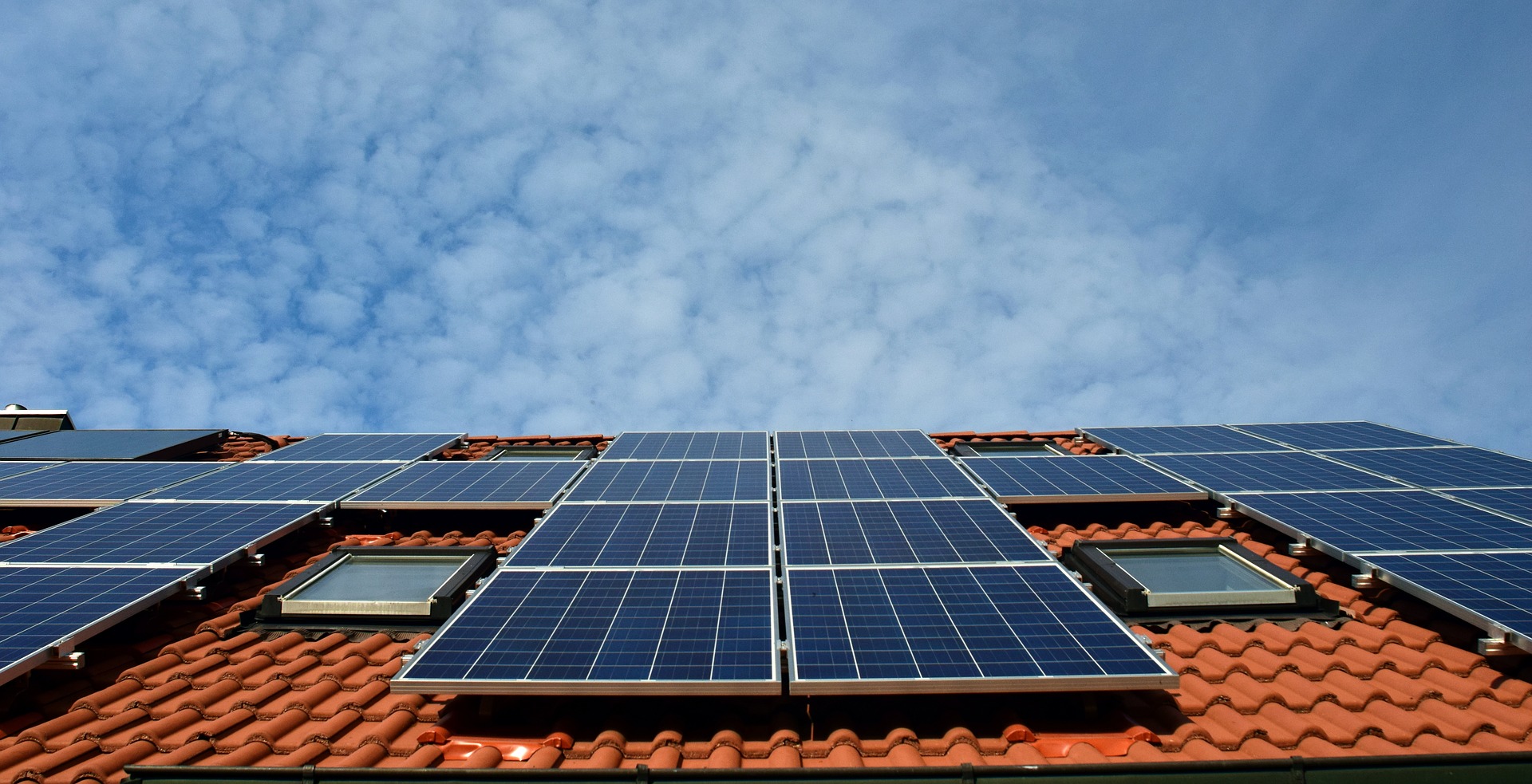Going ‘green’ doesn’t have to mean sacrificing on style or living in an off-grid hut – although we do love off-grid living at Cobalt Constructions! Each year we’re seeing great innovations within the building industry, which make achieving a modern, sustainable and energy-efficient home easier than you might think.
Keep reading to find out how you can achieve a green home with ease.
Embrace the sun
We are well known in Australia for our warm, sunny days. Instead of letting this regular sunshine go to waste, solar panels are an easy and convenient way to help power your home.
Solar panels have many benefits, including cheaper energy bills, less dependence on non-renewable energy sources, and if they’re done right, they can even increase the value of your home. By working closely with your builder from the very start of your home build, you can position your solar panels in a prime position for all four seasons.
Choose the right materials
Choosing the right materials for your home can make all the difference to your carbon footprint. These could be locally sourced, reused and recycled elements, renewable or sustainably harvested materials. Let’s dive a little deeper into each of these types of materials.
Locally sourced materials are a great option when building. Not only will you be supporting a local business, you’ll spend less on long-distance freight costs and reduce your carbon emissions in the process.
Reused and recycled materials are a great way to give a second life to some of your favourite features – think vintage window frames, flooring, statement tiles, doors and even light fittings. Not only do they reduce manufacturing emissions but they can become a stand-out feature of your new home.
Renewable materials are generally very affordable to build with as they replenish quickly. This includes materials like bamboo, cork, wool and cellulose, which can be used for insulation, walls, flooring, furniture and more. The renewable options available today are almost endless.
Sustainably harvested materials generally refers to timber, sourced from certified tree plantations where the focus is on the conservation of natural forests and sustainable harvesting practices. FSC certified forestry ensures their resources aren’t entirely depleted or the surrounding ecosystem damaged when the timber is harvested.
Passive design
Passive design is a great way to achieve a green home. This method involves working with natural energy sources and carefully considering your surroundings to optimise comfort and liveability in your home.
When designing a home to take advantage of passive heating and cooling, you should consider the following questions:
- Where does the sun rise and set?
- What climate do you live in and what materials would work best in this environment?
- Are there any shady areas of the home?
- Which way does the breeze cross your block?
- Do you need to include skylights to increase natural light within your home?
Answering these questions will go a long way towards refining how to position your house on the block and the best layout for maximum solar gain. It’s important to work closely with an experienced builder to make the most of your block and discuss how to utilise the natural elements to your home’s benefit.
Energy rating matters
Proposed changes for the National Construction Code 2022 include an increase in the star rating for 6 to 7 Stars, to ensure that all new homes are built to a more energy efficient standard.
Better choices for your appliances, lighting, bathroom and kitchen fittings can shift your home into a greener and more sustainable space. Check the energy and water rating of your appliances before you buy to not only reduce your carbon footprint but also see a decrease in energy bills.
___
As you can see, there’s plenty of simple ways to achieve a green home. If you’re looking to talk to an expert builder about the potential for your new home, get in touch with Cobalt Constructions today.


